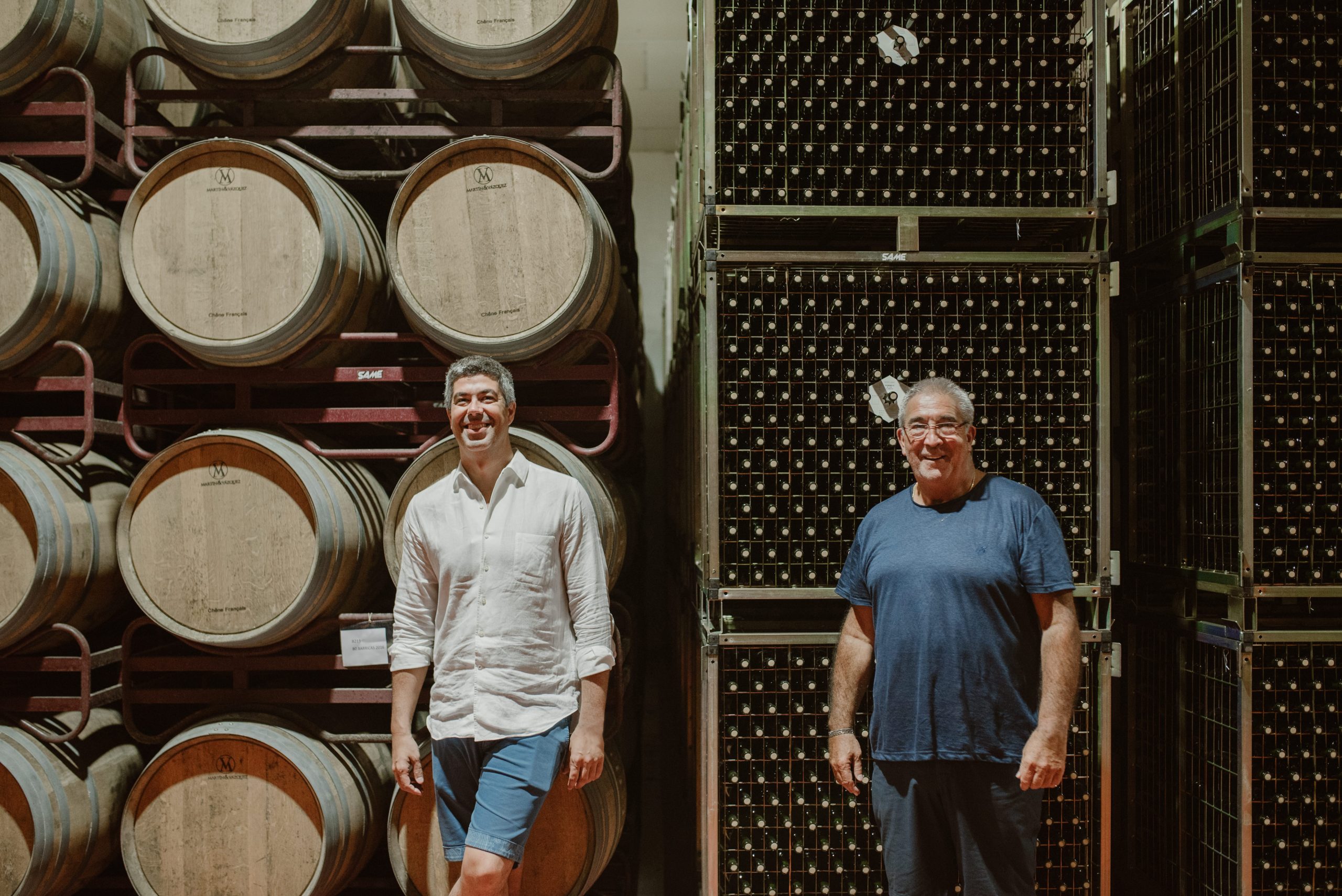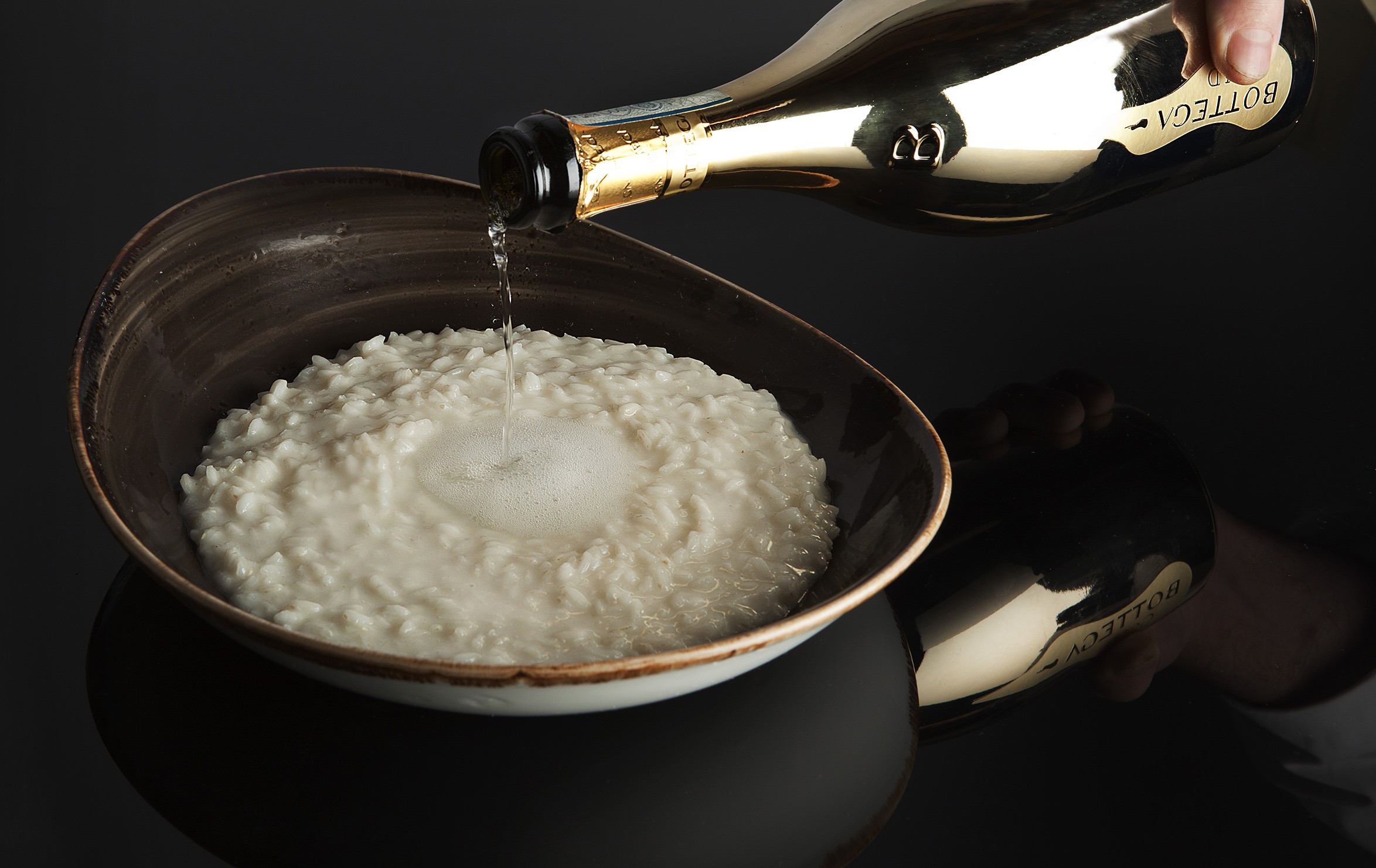Beyond Burgundy: what’s the wine list alternative?
A shift away from over-priced Burgundy and towards ‘alternative classics’ with a similar message of history, terroir and provenance is an “unavoidable” long-term wine list trend, according to Social Eating House head sommelier Jon Kleeman.
Such a trend was highlighted in the recent on-trade insights briefing by on-trade supplier Jascots. At the briefing Jascots managing partner Miles MacInnes noted that prices of Burgundy, and also Bordeaux, had become prohibitive, and that consequently it was inevitable that consumers would look for their top-end wine experiences elsewhere.
Kleeman said that ‘alternative classic’ listings were “something we’re going to see a lot more of over the next few years”, with price increases in regions such as Burgundy in particular making this “unavoidable”.
“I know people who talk about when they could afford a bottle of Romanée-Conti 20 years ago, and now it’s unaffordable. It’s going to get more and more like that, even with wines that are at a lower level in Burgundy. The demand is still there – there are more millionaires every day – but the more that grows, the more these wines will be pushed into the exclusive level,” he said.
However, diverging from MacInnes’s view, Kleeman said that there was potential for Bordeaux to experience a resurgence on restaurant wine lists, mainly due to the larger volume of wine that was available.
“I think we’ll see Bordeaux come much back into fashion again, because the production level there is huge and there’s so much scope there and reputation,” he said.
“I could go out now and buy a bottle of Bordeaux – with an old vintage, really good quality, stored well – relatively easily because of all the private sellers who have sold off.
“But you can’t do that with Burgundy or with a lot of other wines. Even with Italian – you can’t find lots of old Sassicaia or old Ornellaia because no one stored them back then.
“Bordeaux is somewhere that still has that huge range of back vintages that people can access easily – like what’s happened with Port in the last few years – I think we’ll see more of that happening.”
While acknowledging that Burgundy was likely to become a much rarer sight on a typical London list, Kleeman felt that this would give other Pinot-producing regions of the world to come to the fore.
“I think there will be alternatives to [Burgundy] Pinot, because Pinot has become such a big seller. Oregon’s breakout over the last few years is proof that a Pinot that’s done in a Burgundy style, people go crazy for,” he said.
One region picked out as a potential ‘alternative classic’ in the Jascots briefing – at which Kleeman appeared as a panel expert – was Etna.
Partner Content
In response to its own research revealing a growth in interest in the volcanic region’s wines, Jascots recently took on its first Etna listings from Tenuta di Aglaea, a 1.8ha organic estate with vineyards in the Passo Cannone, Santo Spirito and Bocca d’Orzo o Piano d’Aria contradas.
The inflationary trend for wines from Burgundy could also help to explain the prevalence of Beaujolais on UK wine lists, Jascots’ survey noted, with a 44% rise in Gamay listings since the same period last year.
While Kleeman felt that there was definitely potential for Etna Nerello Mascalese to emerge as an alternative classic, he did not think that would be a direct alternative to Burgundy Pinot Noir.
“I disagree with some people saying Etna is an alternative to Burgundy – I think they’re two very different styles,” he said. “It’s like comparing Barolo to Pinot Noir, which people like to do, but they are two different styles of wine for different styles of customer.
“I don’t think people who like Pinot Noir are necessarily going to like Etna, but people who like Bordeaux who have now gone off that, or the Rhône, those people who like the more elegant, Margaux-y, silky styles will go to Etna, will go more into Barolo – I think you’ll see more of that.
“But I think also of New World alternatives – I think you’re going to see more quality Pinot coming out of the New World. You’ll see more New World Pinot take that sort of middle-ground, regular selling spot, because you won’t be able to get that option from France.”
Noting the growth in popularity of German Spätburgunder and English sparkling in recent years – the latter having displaced Cava to become the third-biggest selling sparkling wine in the UK on-trade, according to Jascots’ insights study – Kleeman concluded by observing that it was becoming harder and harder to imagine one, single dominant wine or style of wine on UK restaurant wine lists. The trend, rather, was for broad selections and ever greater choice.
“Since New Zealand Sauvignon Blanc, and Malbec for reds, there’s not been that one, big must-order white or red. What we now see is that you’ve got things like Albariño, Friulano, Picpoul de Pinet – these are alternative to Sauvignon Blanc or alternatives to other ‘classic’ wines, but none of them has taken the top spot.
“The selection in the UK is just huge. You walk into a general pub in the UK and you can find seven wines from seven different countries – maybe not the best quality but you’ve still got the options. People are exploring a lot more.
“The opportunity to try different wines in the UK is so huge now that it’s hard to have a dominant wine, and that’s definitely reflected in what’s happening [to wine lists].”




